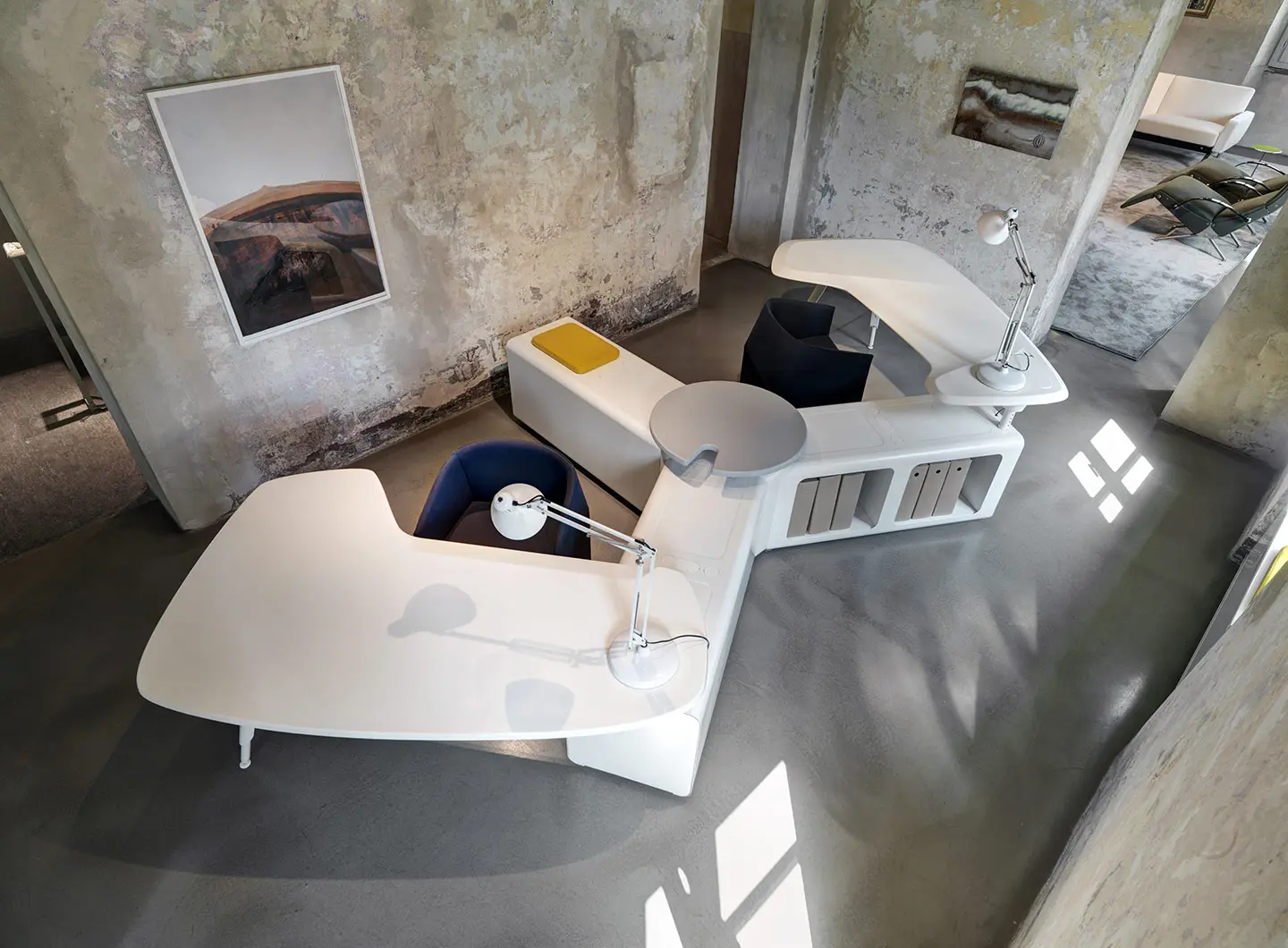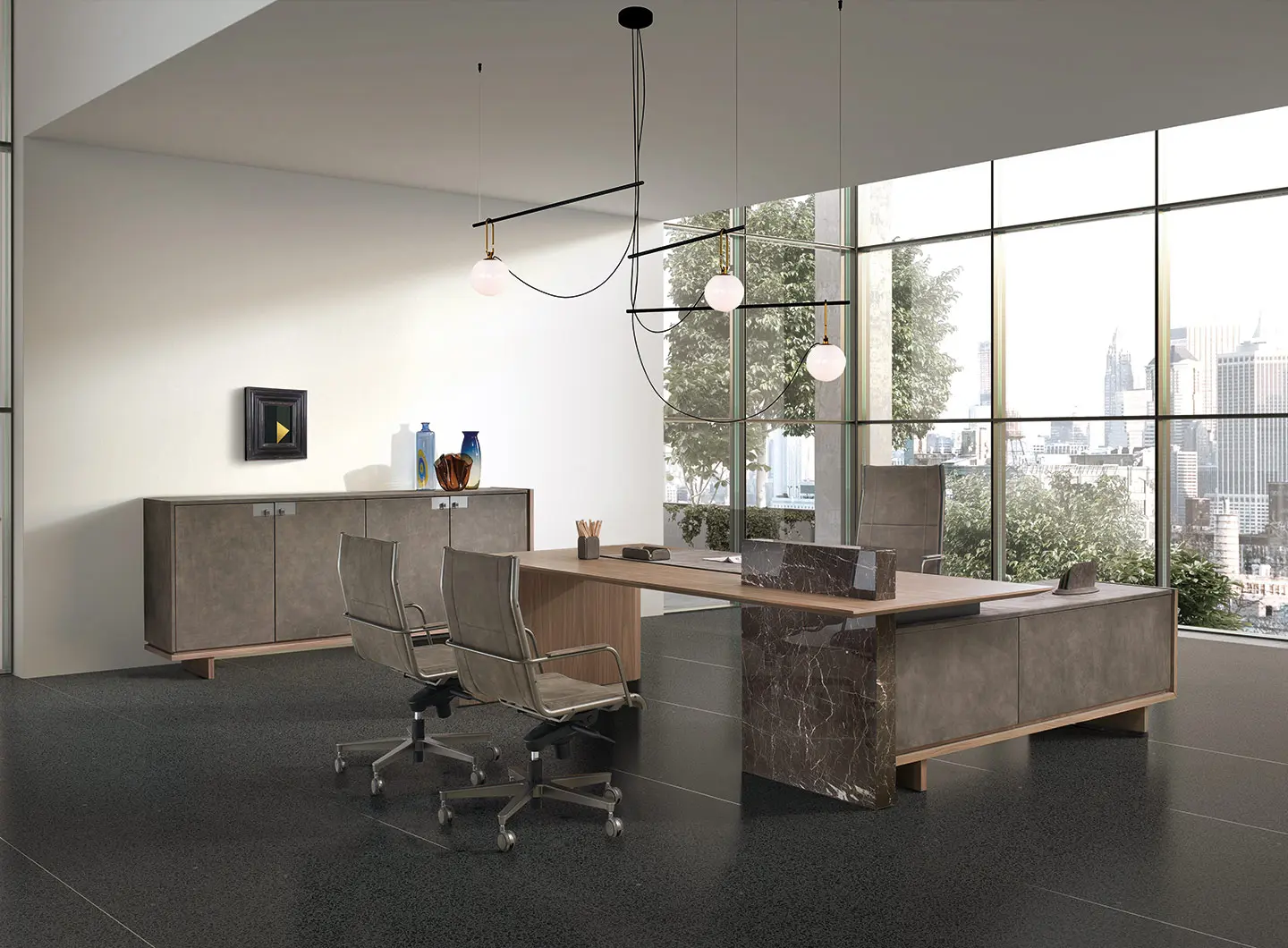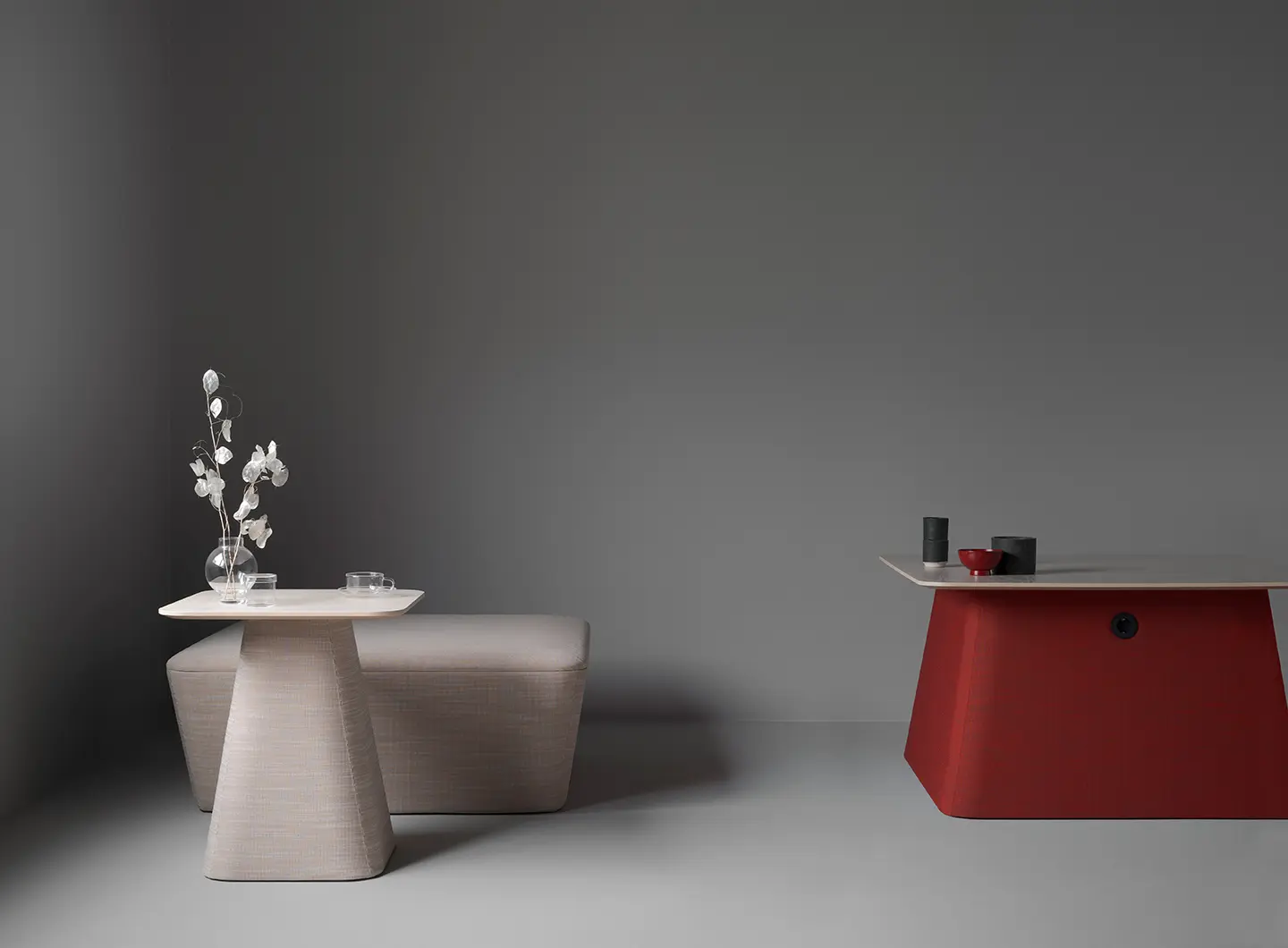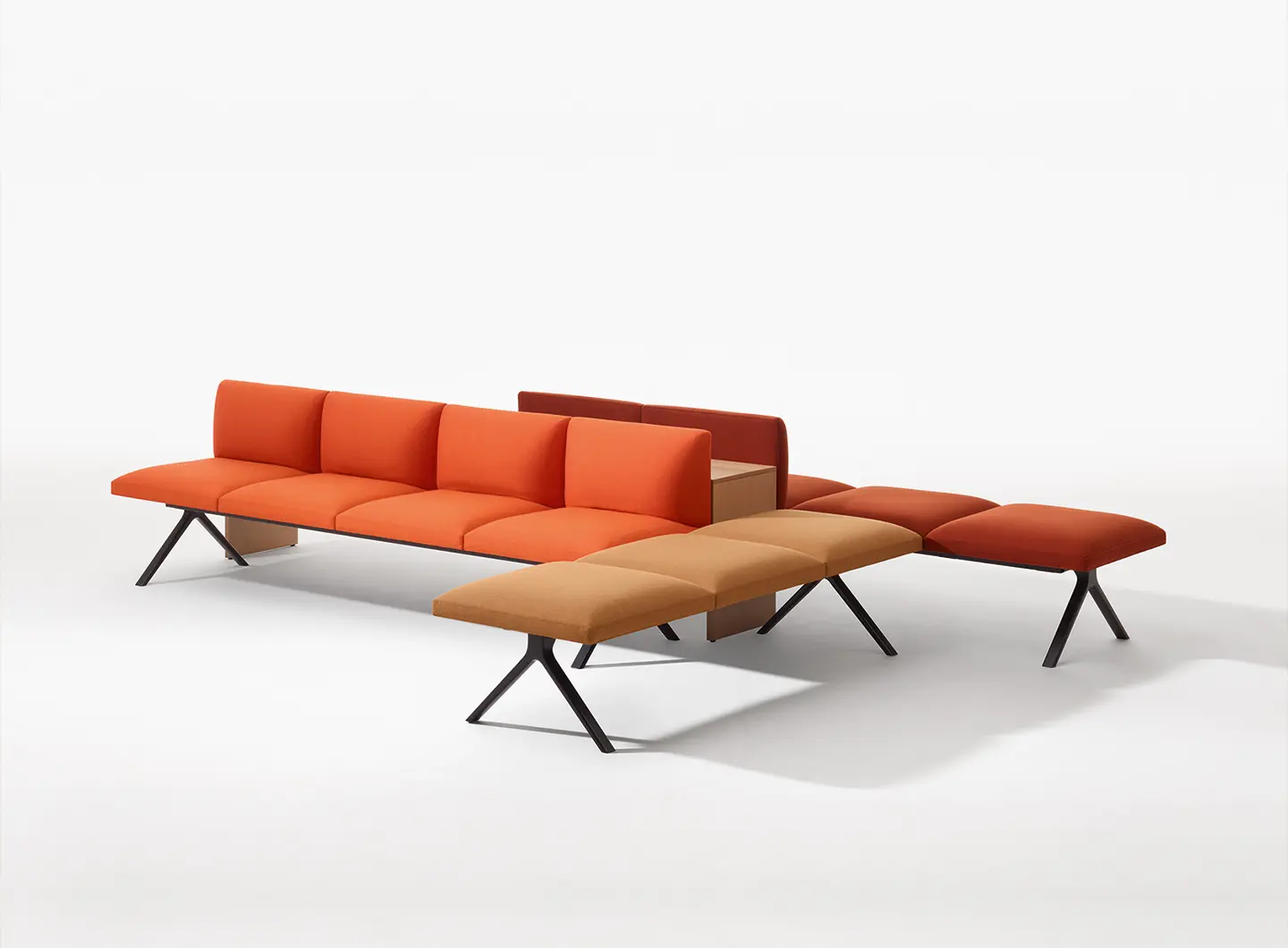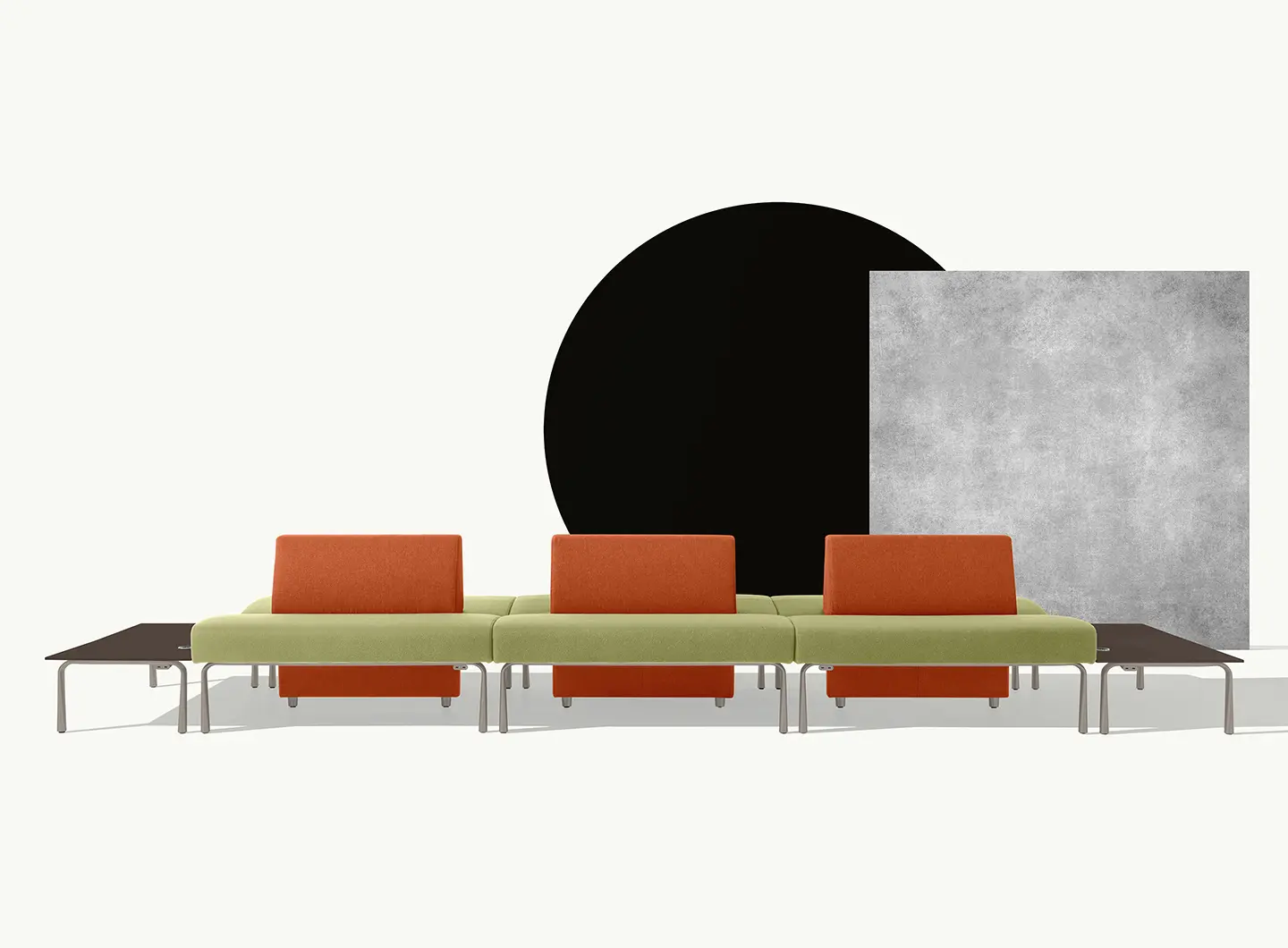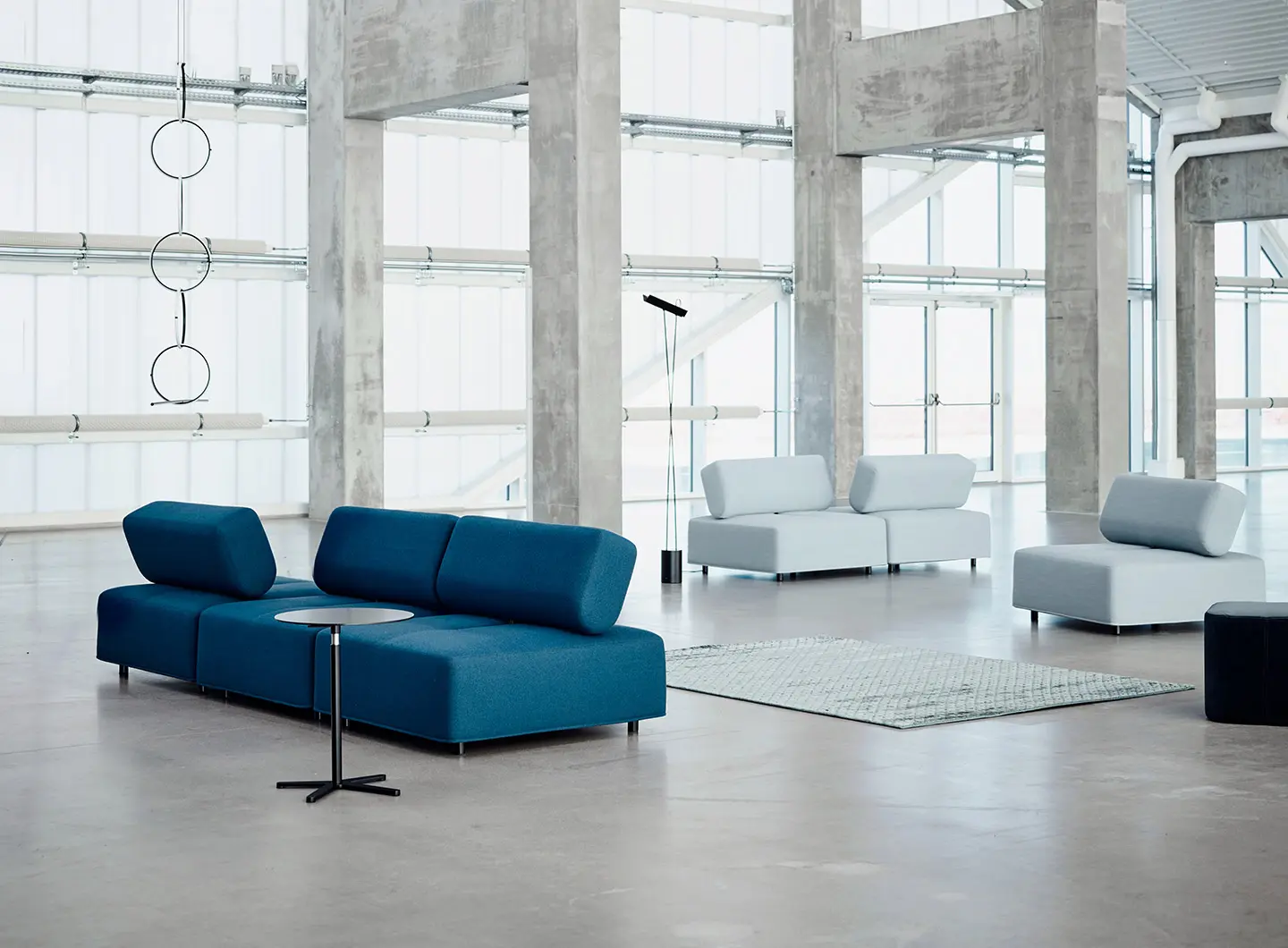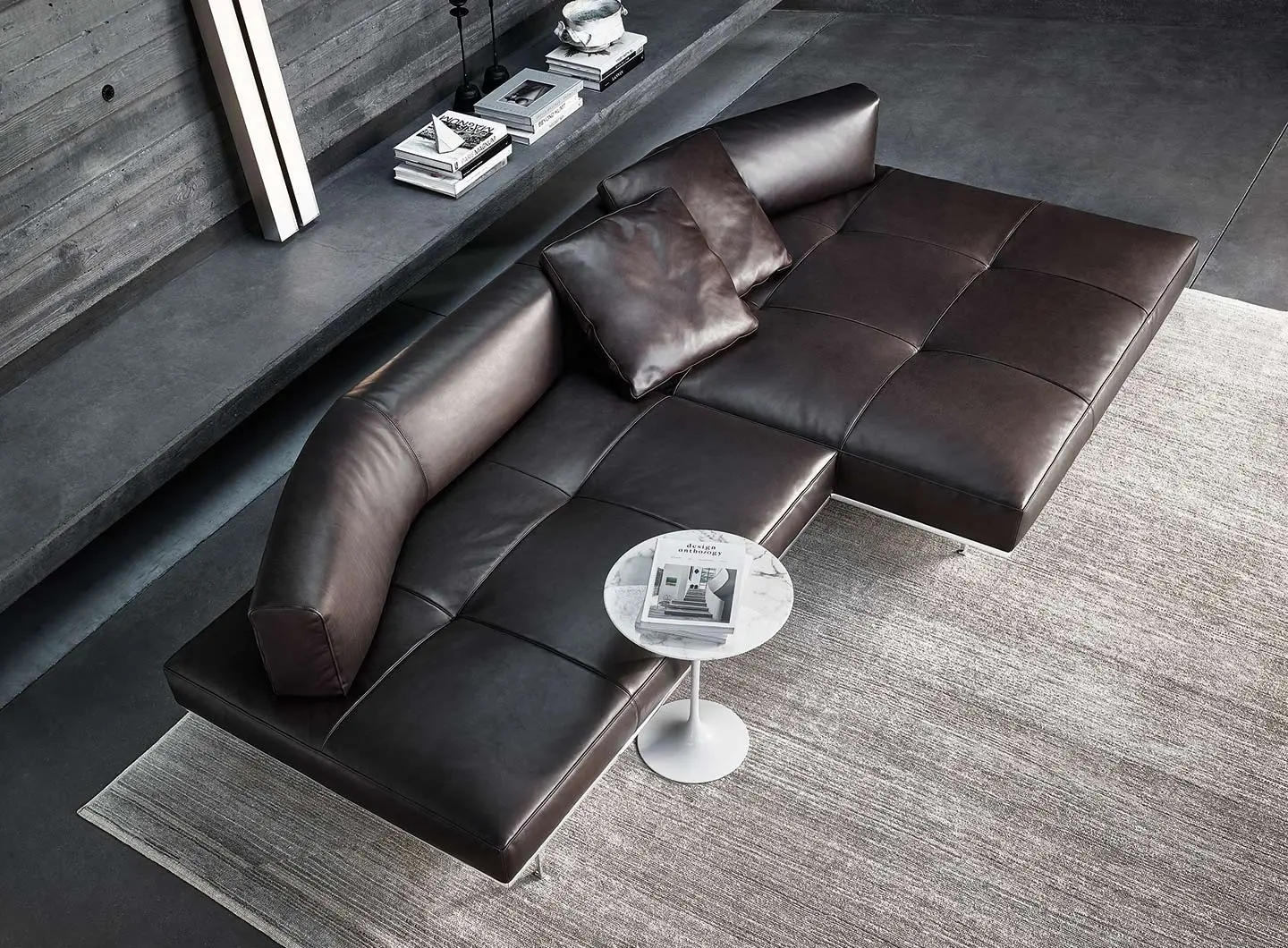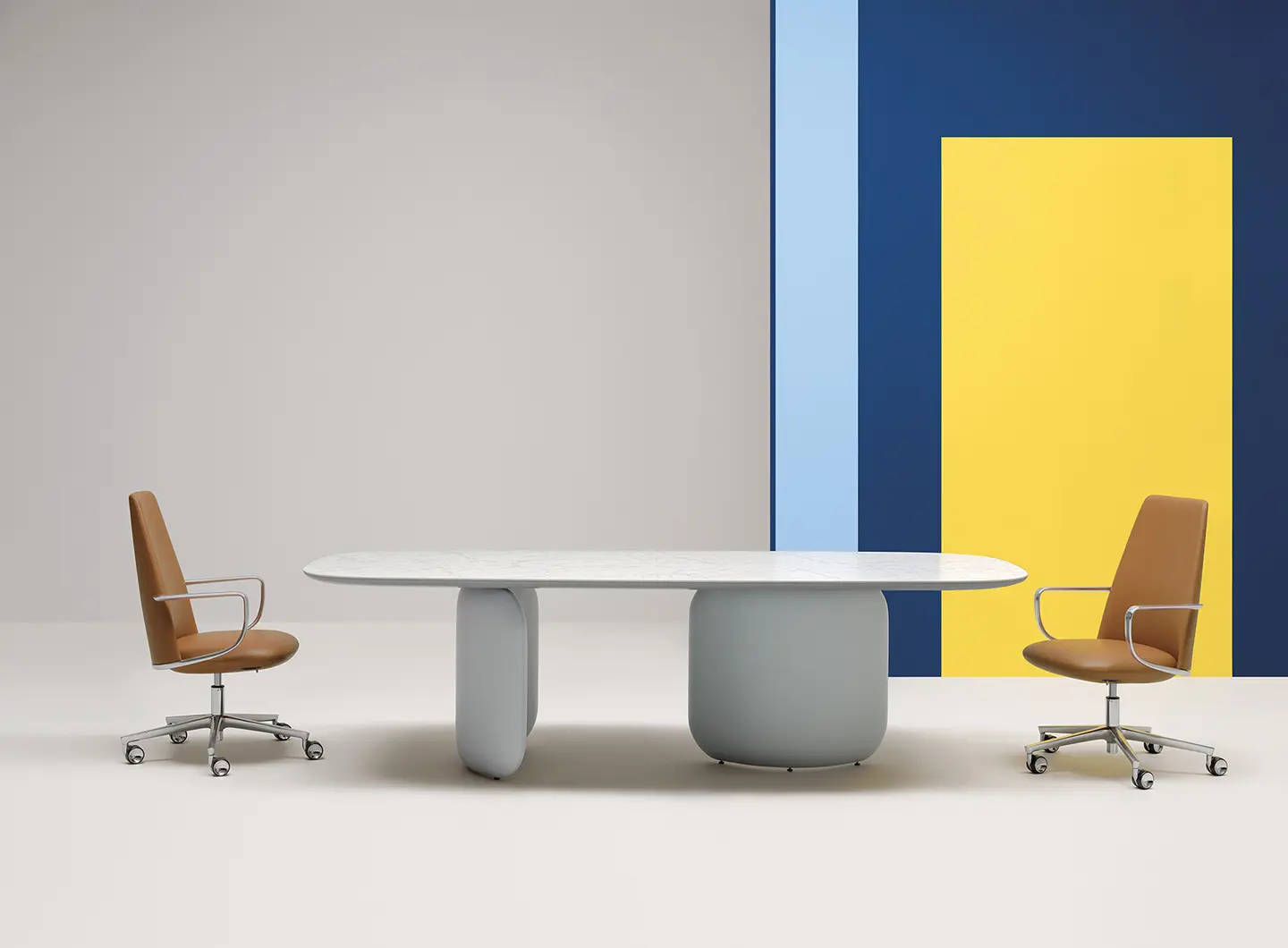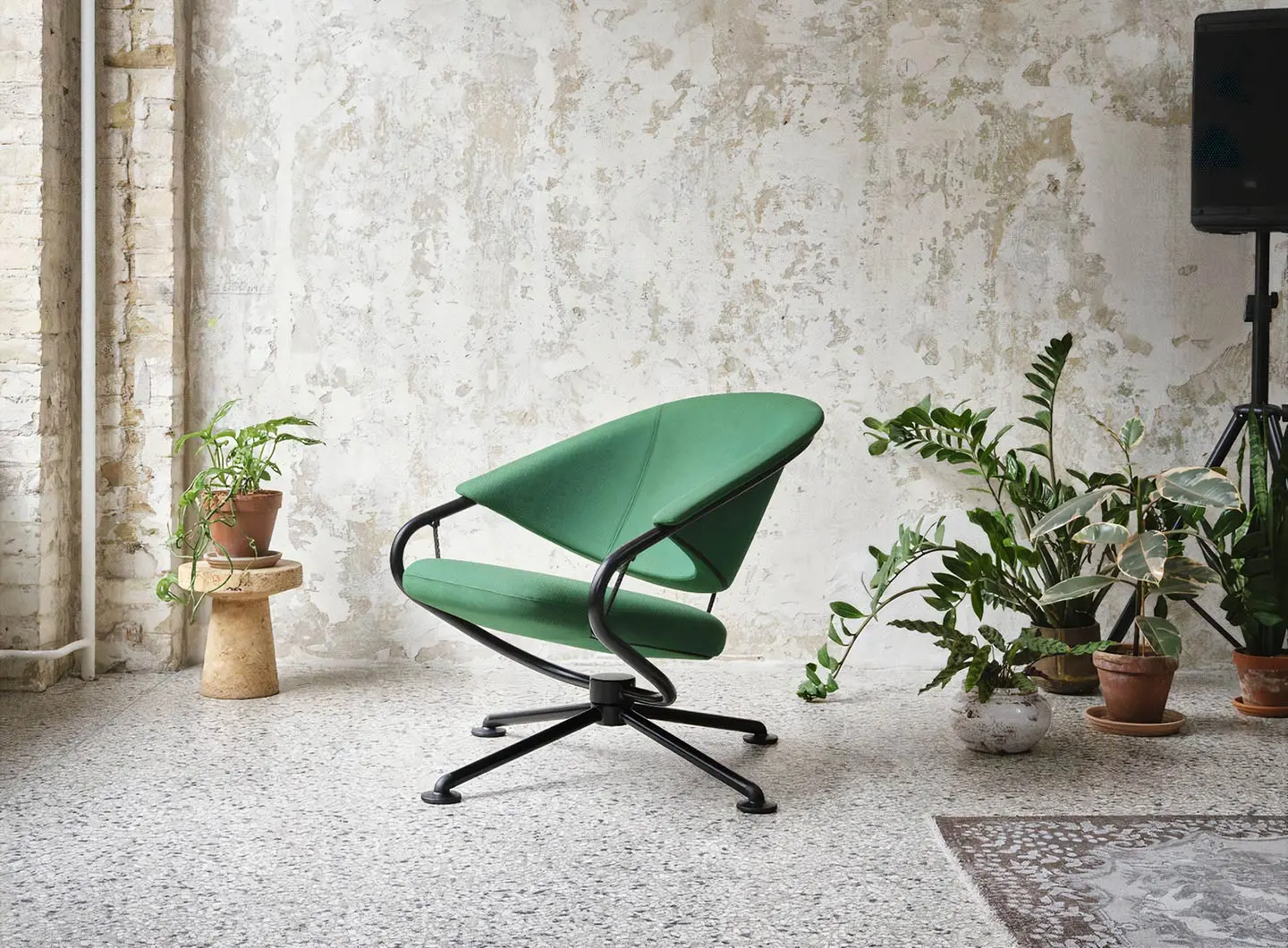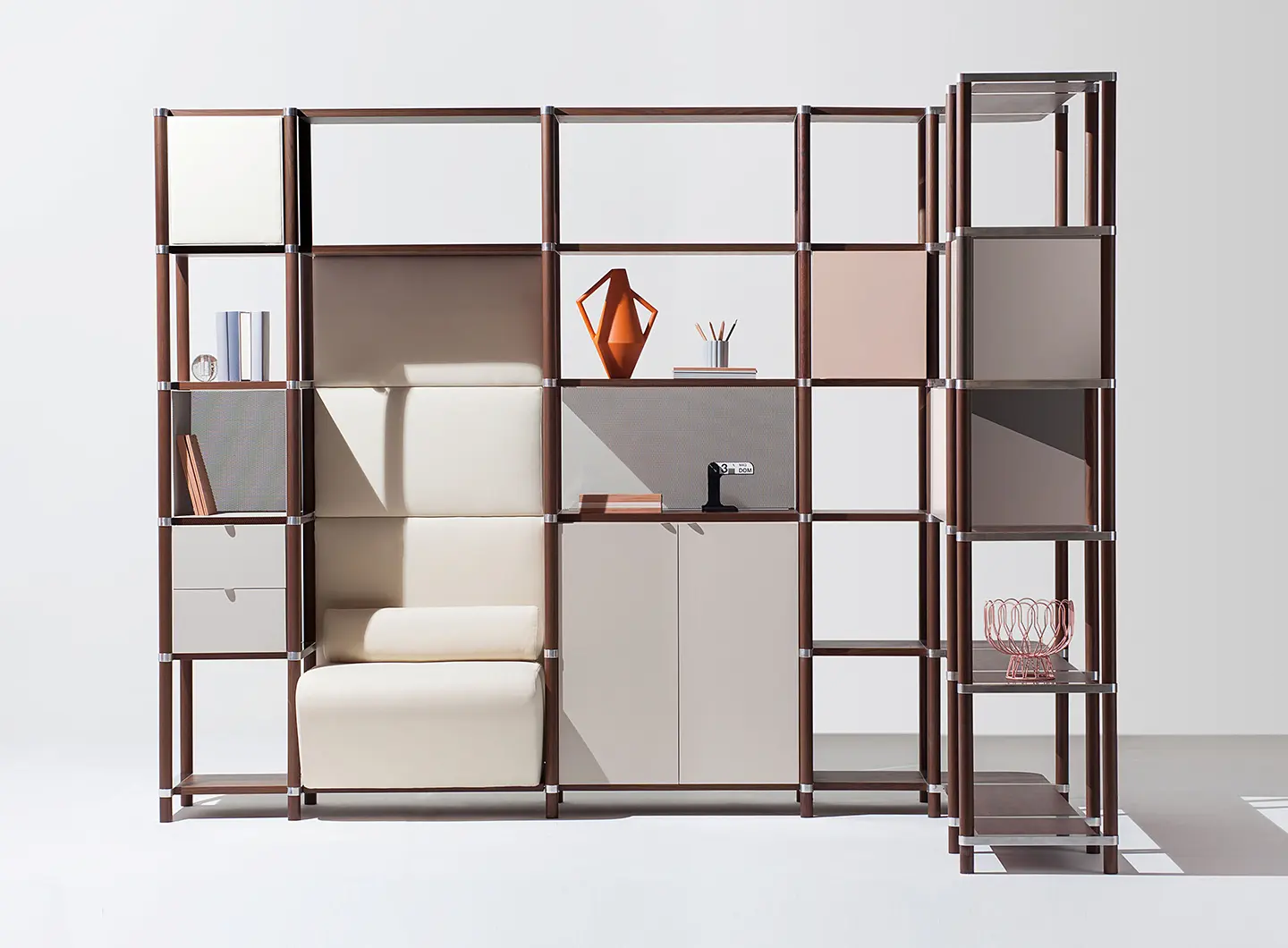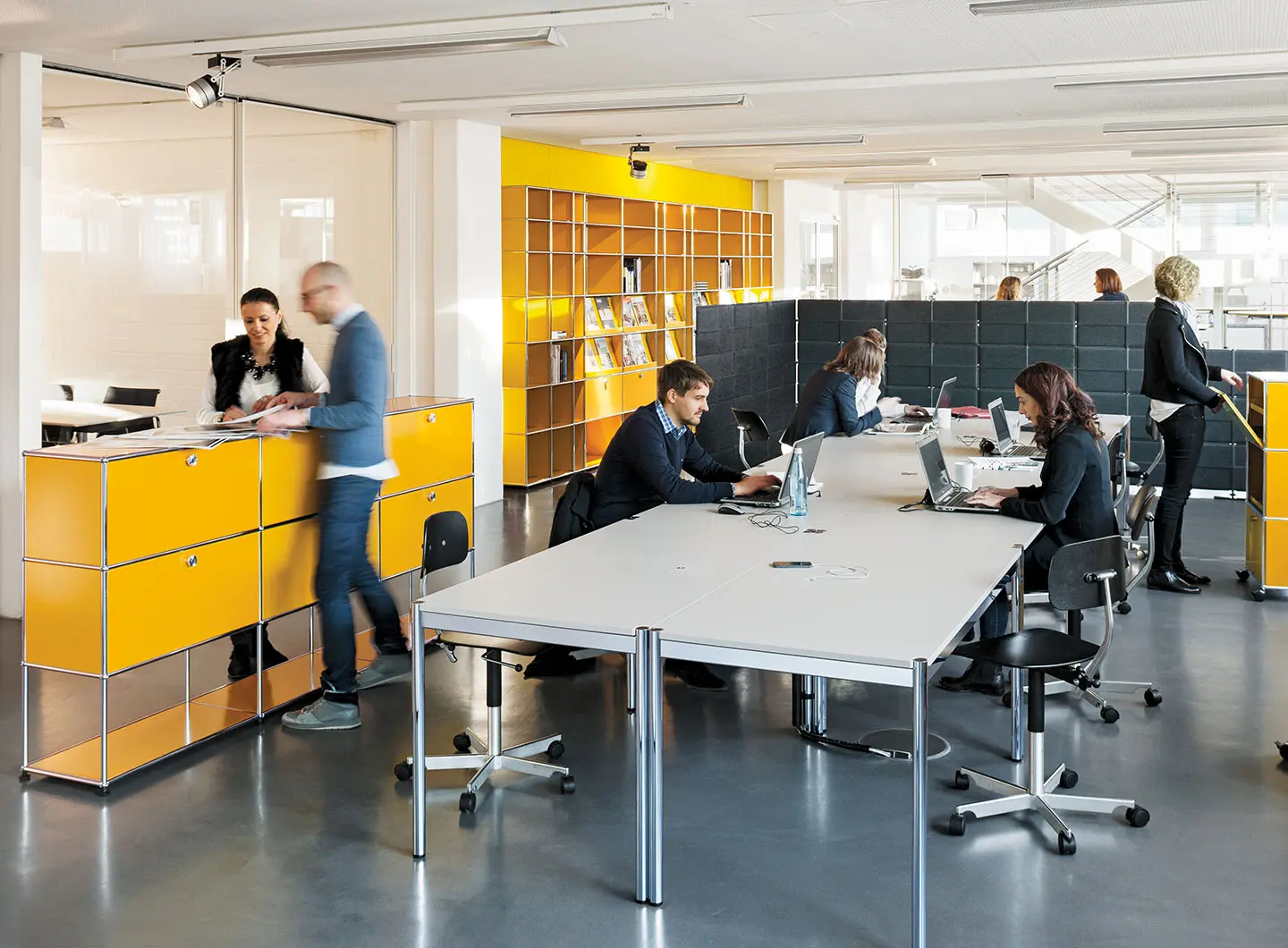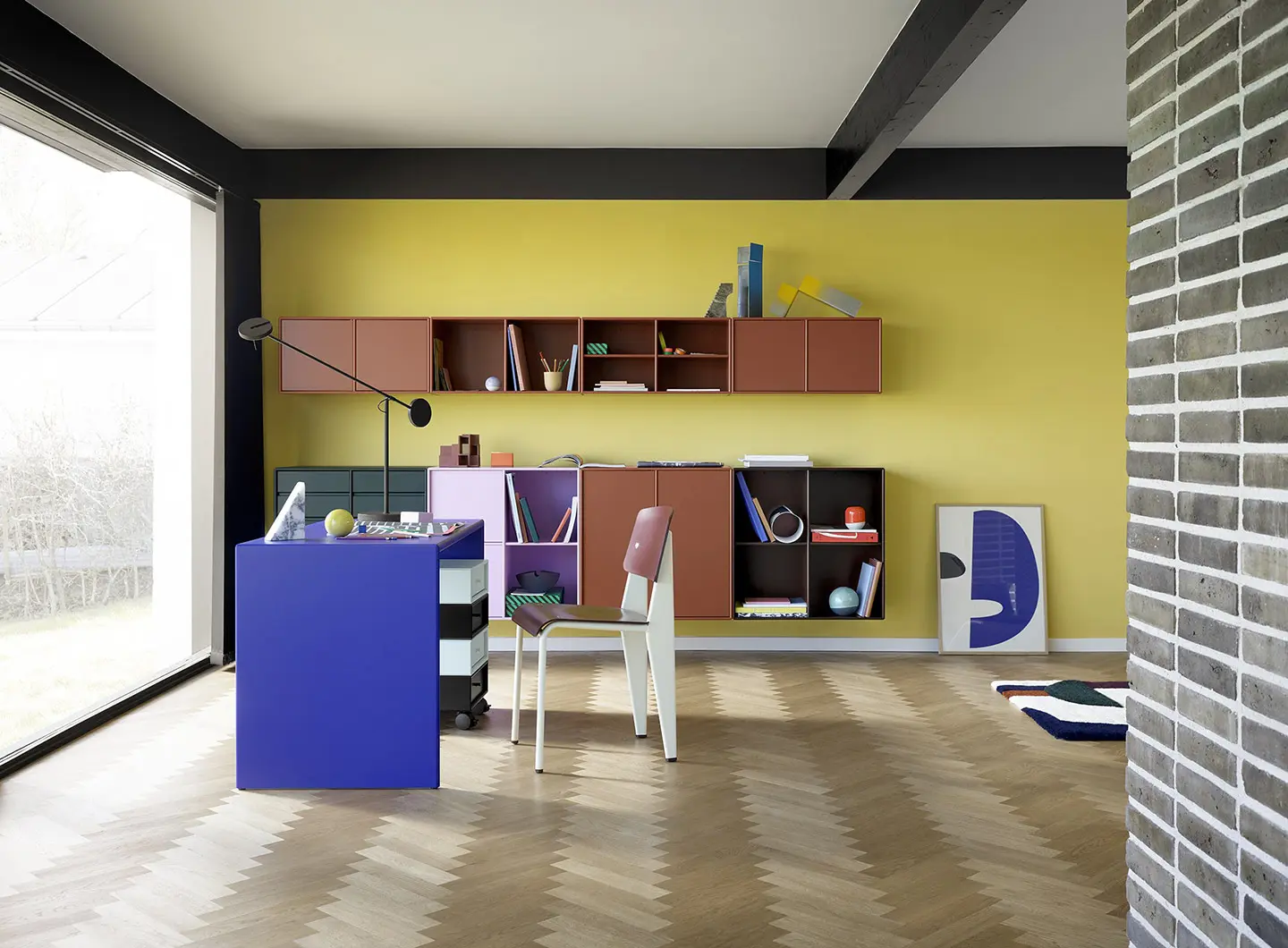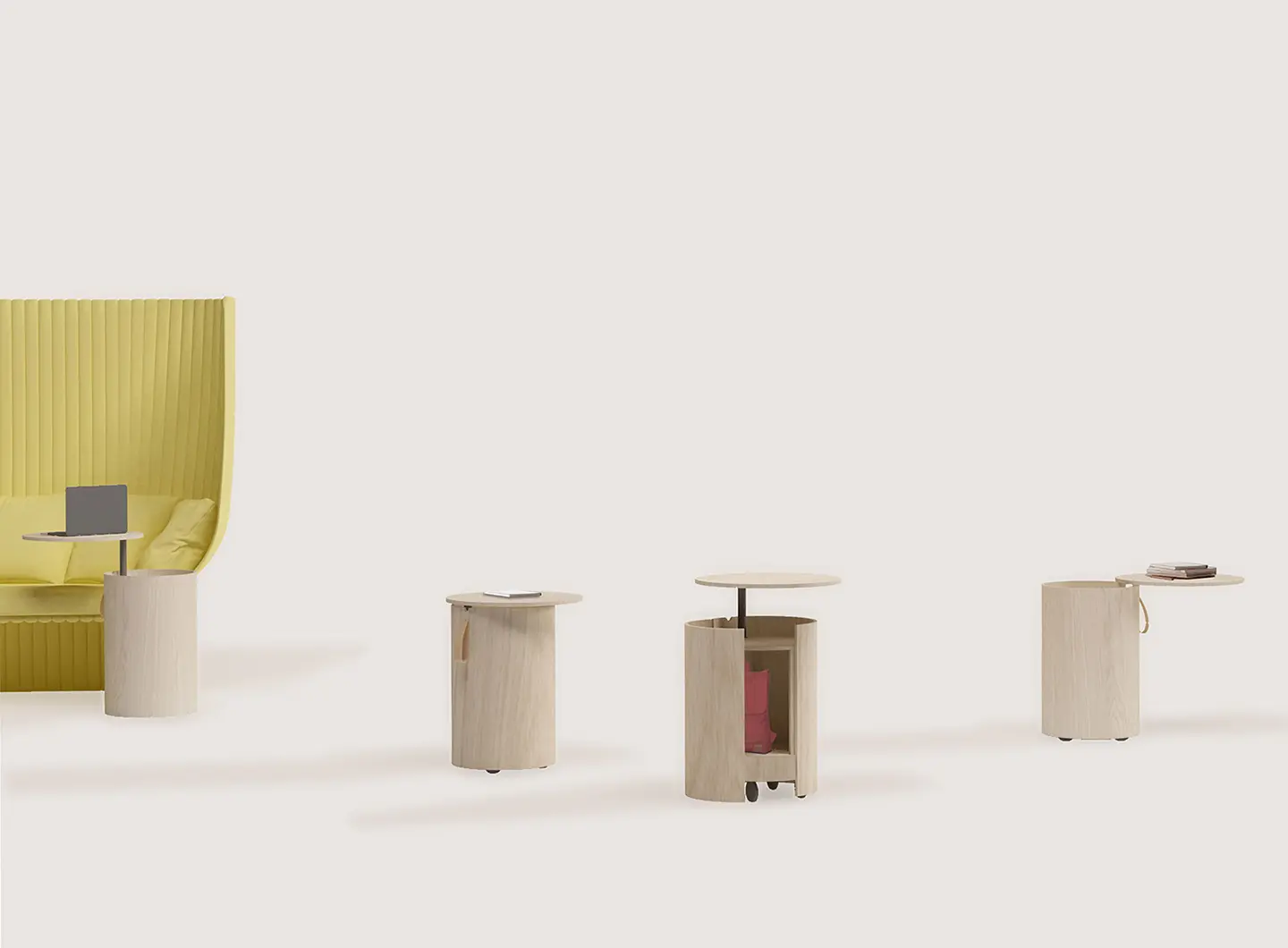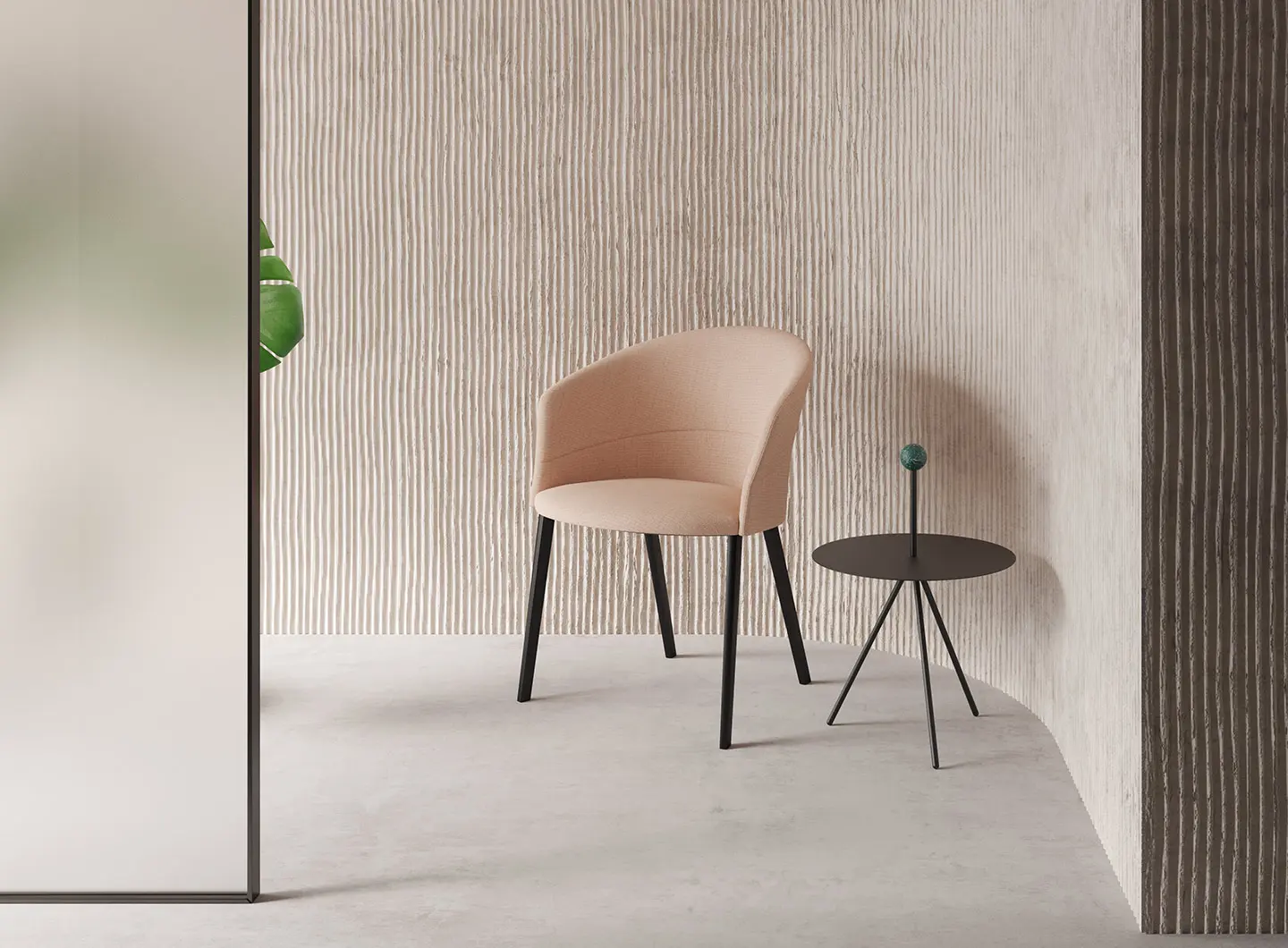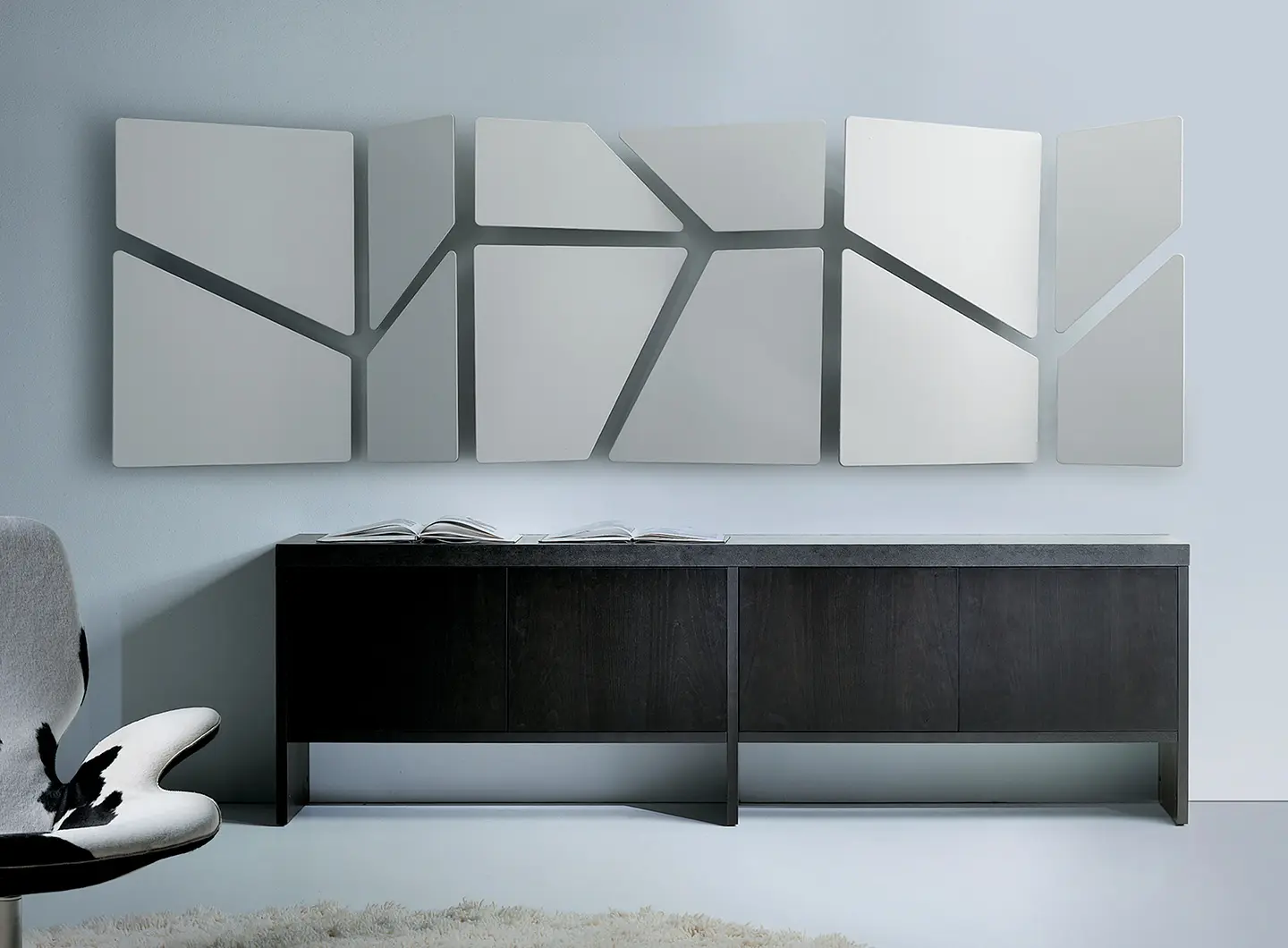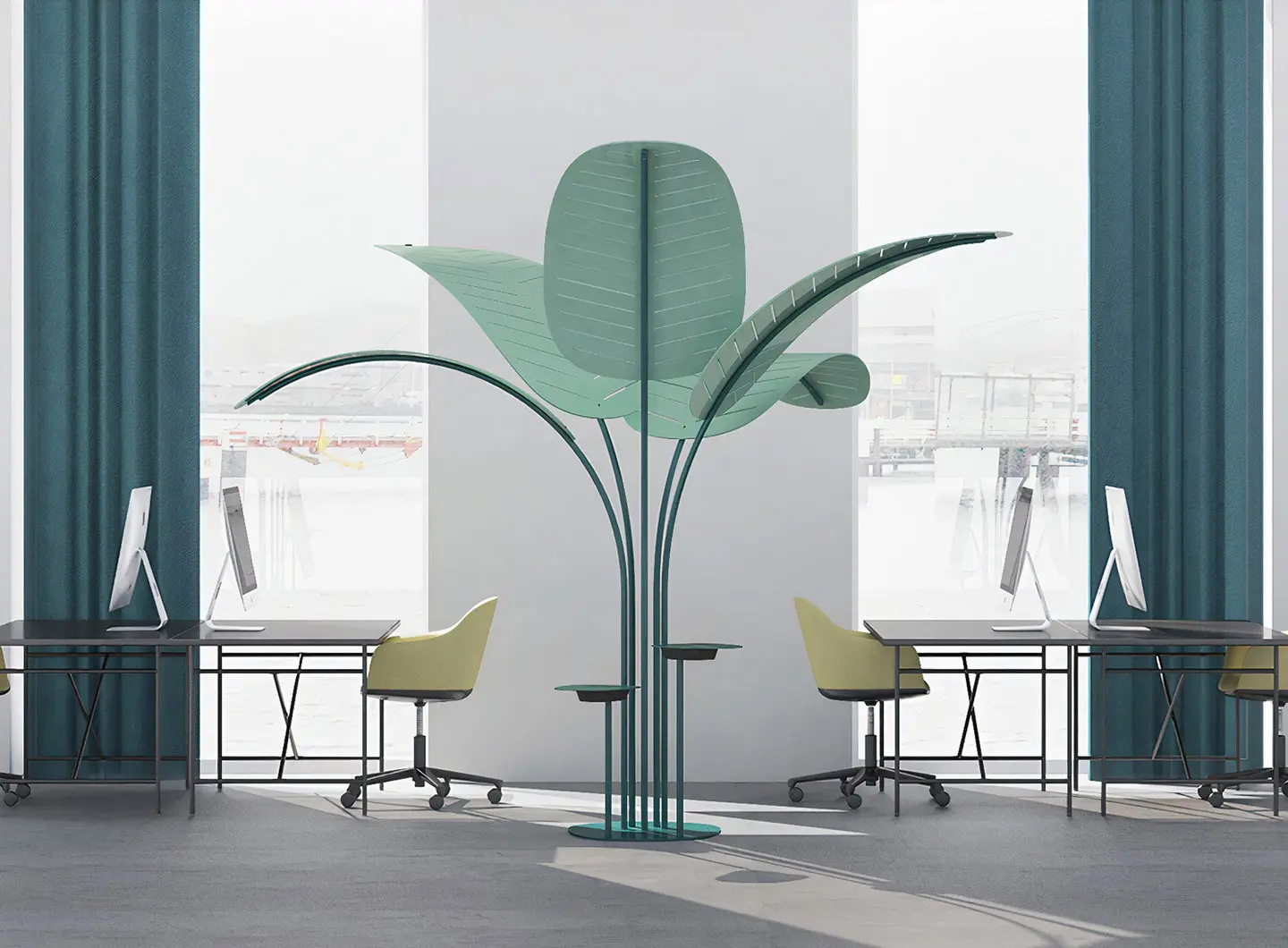From BIG to David Chipperfield, Frank Gehry to Snøhetta: a world tour of the best buildings set to open in 2026

Arper
September: polar opposite hashtags shoot up and down the rankings. First we had #stayingathome, then #summer or #instasummer, now #backtowork is scaling the dizzy heights of the social networks.
Whether it’s a case of smart working, remote working or actually going into the office, September is seeing a counter-exodus back to our desks. In a changed world and in changed ways, of course, but nonetheless in an office environment shared with colleagues, partners or children, depending on where we physically plug our pcs back in again.
Design is there to help us devise and create new soft spaces, adaptable to the various demands of those who live in them, “clean, healthy” spaces, positive and optimistic, to be shared with others while adhering to the safety measures, distanced and separate but nonetheless together, because we have learned that it is the connections between people and nature that make all the difference, over and above technology.
The workplace is evolving into a dynamic, open space with alternating flexible formal and informal areas conducive to individual concentration or interface with colleagues or family members, with open-air spaces, using natural materials and solutions marked out by great consideration for the environment.
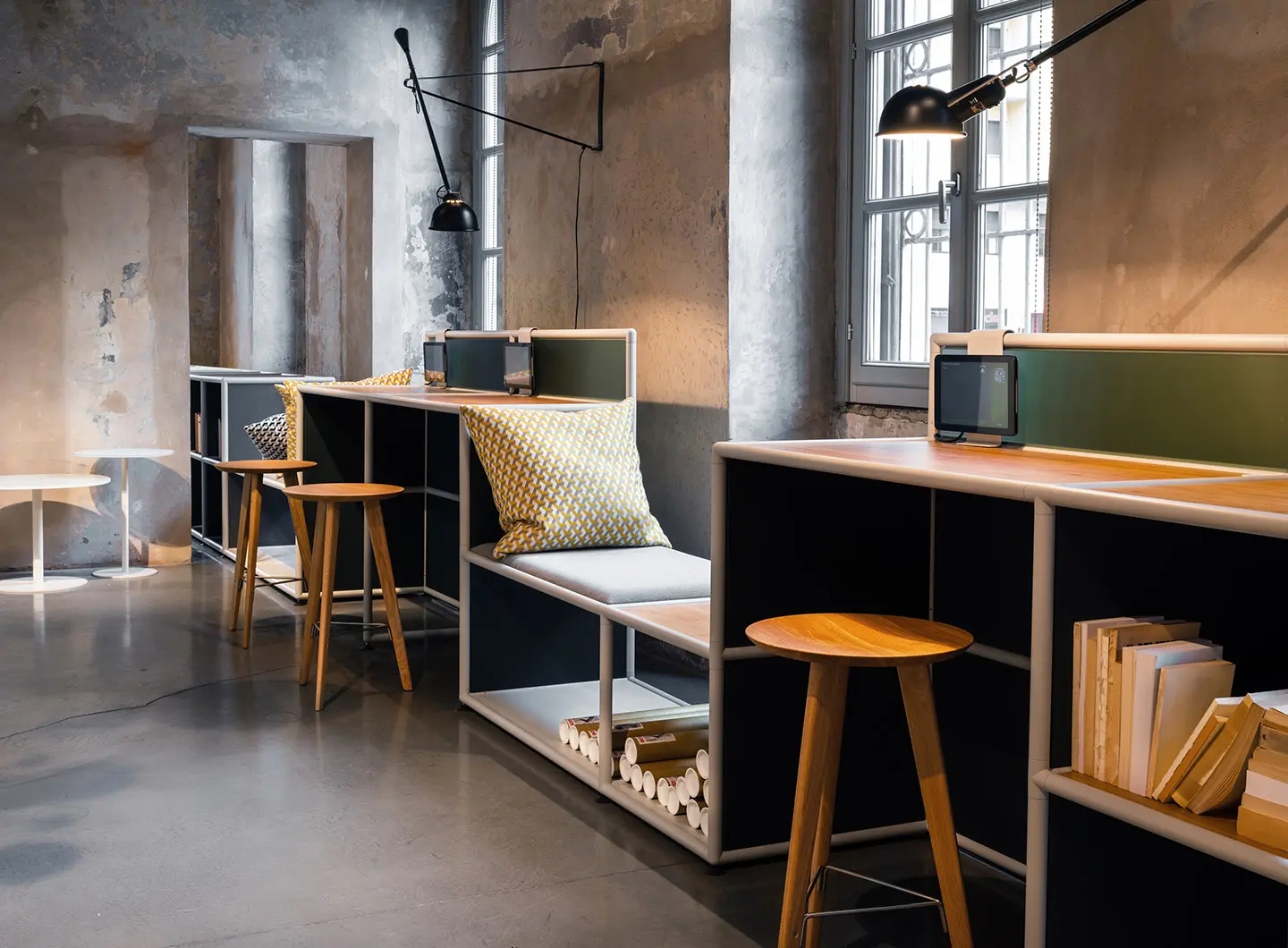
Tecno
Organisation and functionality are imperative, no matter where one works, plus ergonomic furnishings and accessories that must cater for their users’ needs for order and privacy. Creativity and innovation are the keywords for office design that combines the need for high tech, fluid and globally connected spaces with the human touch, the domestic feel of the spaces and a new desire for materiality and naturalness.
Atelier, a project by the Gensler studio for Fantoni, is a flexible furnishing system, devised precisely to respond to a constantly changing workplace, bringing together and organising a variety of functions associated with this particular space. This composite system is made up of four main components – a configurable workstation, a multi-purpose and equally configurable collaboration table, a set of dynamic containers that include a mobile pinboard and a shelving/storage unit system. Atelier embodies workplace configurability and, especially, multifunctionality, informality, teamwork and efficiency, because change doesn’t happen all by itself, it has to be encouraged and facilitated.
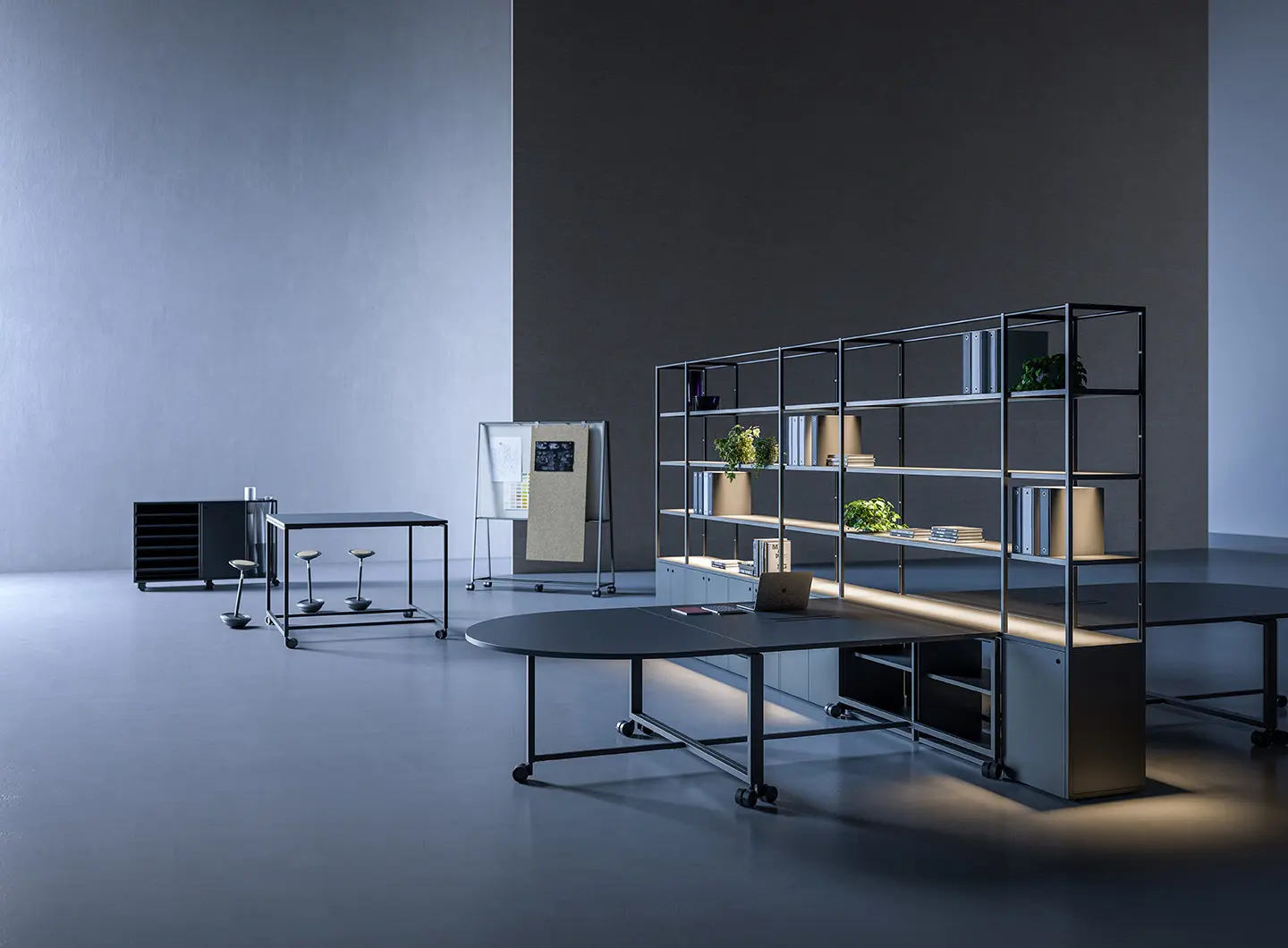
Atelier, design Studio Gensler, Fantoni
Touch Down Unit by Studio Klass for UniFor offers a range of different working modes and is a perfect workstation even for the domestic environment. Because working in the right environment contributes significantly to the work experience and to productivity. Touch Down Unit is a self-contained workstation equipped with hidden castors for easy moving, and lends itself well to constant changes in the layout and configuration of spaces. It is simple and compact, with a rectangular work surface on top of a closed volume, which opens to reveal two accessorised containers. It boasts a rechargeable battery, electric sockets and USB ports.
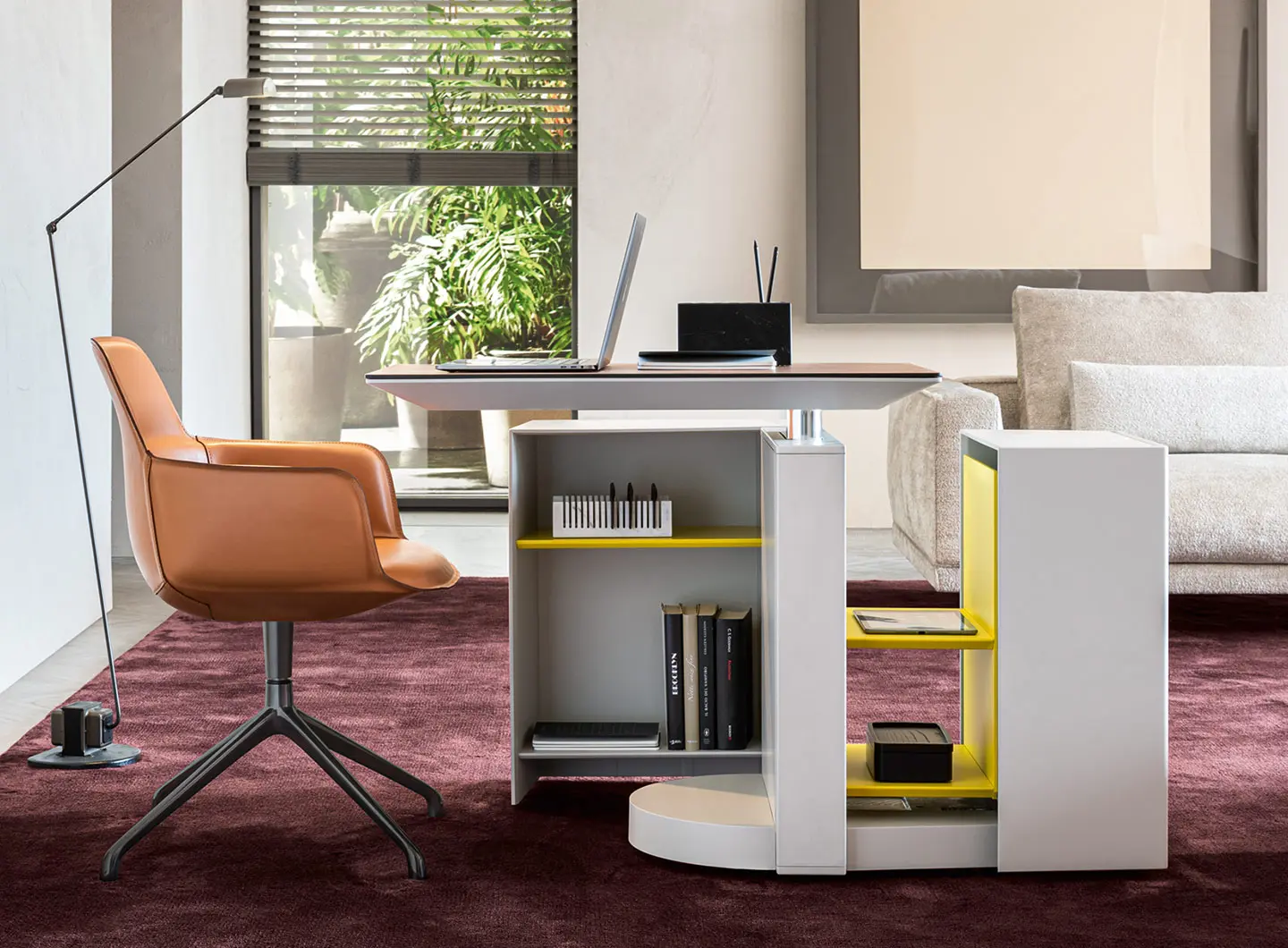
Touch Down Unit, design Studio Klass, UniFor
Bridge, by pinuccio borgonovo / paolo pampanoni for Citterio was informed by the fact that workspaces no longer consist of the stereotypical offices and desks, featuring a range of worktops, chairs, shelves and containers that can be reconfigured as desired, in the awareness that technology makes it possible for us to work from anywhere. The bench is the basic element and acts as the loadbearing structure for hanging containers, shelves, free-standing or integrated desks and acoustic screens. Electrical channels under the bench make for easy cable management for every workstation. How they are used largely depends on the heights of the worktops: 65 cm for waiting and conversation areas; 75 cm as desks and meeting-room tables; and 110 cm as benches for meeting areas or reception counters.
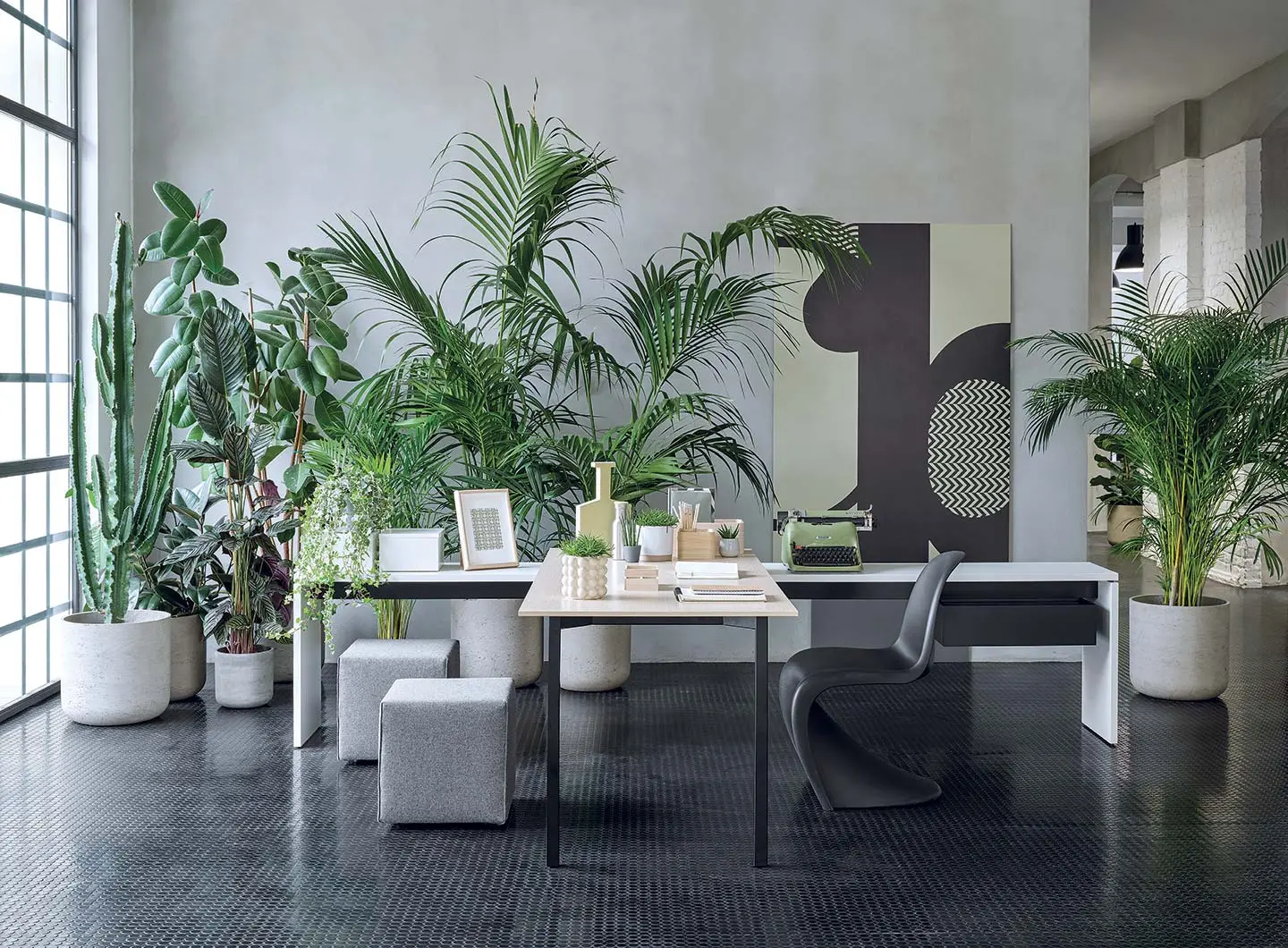
Bridge, design pinuccio borgonovo / paolo pampanoni, Citterio
Tecno has also come up with solutions for adaptable and evolutionary offices. Beta, designed by Pierandrei Associati, is not merely a simple office system but an actual environment, channelling a generative logic of space. Beta’s configurations are achieved by a combination of three components: backbone, desks and accessories. As the number of elements increases, so too do the options for configuring the system, from the largest and most distanced to the more evolutionary layouts.


 Stories
Stories
